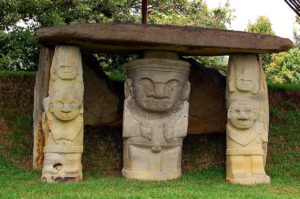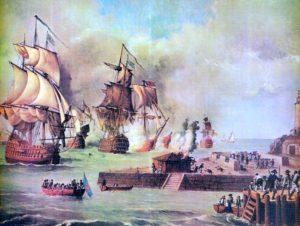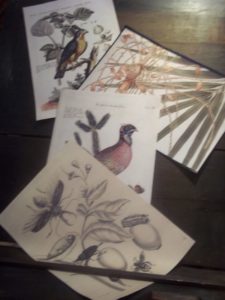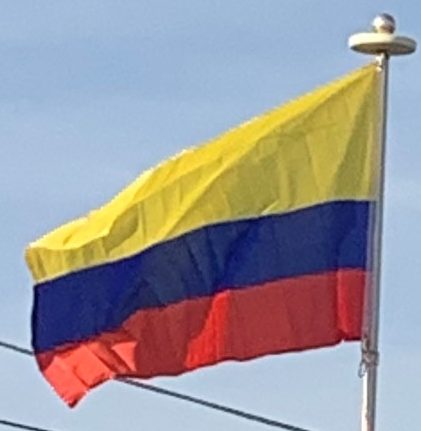
In the 16th century, the nautical science in Spain reached a great development thanks to numerous scientific figures of the Casa de Contratación and nautical science was an essential pillar of the Iberian expansion.
Colonial Exchange:
In 1542, the region of New Granada, along with all other Spanish possessions in South America, became part of the Viceroyalty of Peru, with its capital in Lima. In 1547, New Granada became the Captaincy-General of New Granada within the viceroyalty.
In 1549, the Royal Audiencia was created by a royal decree, and New Granada was ruled by the Royal Audience of Santa Fe de Bogotá, which at that time comprised the provinces of Santa Marta, Rio de San Juan, Popayán, Guayana and Cartagena. But important decisions were taken from the colony to Spain by the Council of the Indies.
In the 16th century, Europeans began to bring slaves from Africa. Spain was the only European power that could not establish factories in Africa to purchase slaves; therefore, the Spanish empire relied on the asiento system, awarding merchants (mostly from Portugal, France, England, and the Dutch Empire) the license to trade enslaved people to their overseas territories. Some people defended the human rights and freedoms of oppressed peoples. The indigenous peoples could not be enslaved because they were legally subjects of the Spanish Crown. To protect the indigenous peoples, several forms of land ownership and regulation were established: resguardos, encomiendas and haciendas.
The Viceroyalty of New Granada was created in 1717, then temporarily removed, and then re-established in 1739. Its capital was Santa Fé de Bogotá. This Viceroyalty included some other provinces of northwestern South America that had previously been under the jurisdiction of the Viceroyalties of New Spain or Peru and correspond mainly to today’s Venezuela, Ecuador, and Panama. So, Bogotá became one of the principal administrative centers of the Spanish possessions in the New World, along with Lima and Mexico City, though it remained somewhat backward compared to those two cities in several economic and logistical ways.

After Great Britain declared war on Spain in 1739, Cartagena quickly became the British forces’ top target, but an upset Spanish victory during the War of Jenkins’ Ear, a war with Great Britain for economic control of the Caribbean, cemented Spanish dominance in the Caribbean until the Seven Years’ War.
The 18th-century priest, botanist and mathematician José Celestino Mutis was delegated by Viceroy Antonio Caballero y Góngora to conduct an inventory of the nature of New Granada. Started in 1783, this became known as the Royal Botanical Expedition to New Granada.

It classified plants and wildlife, and founded the first astronomical observatory in the city of Santa Fe de Bogotá. In July 1801 the Prussian scientist Alexander von Humboldt reached Santa Fe de Bogotá where he met with Mutis. In addition, historical figures in the process of independence in New Granada emerged from the expedition as the astronomer Francisco José de Caldas, the scientist Francisco Antonio Zea, the zoologist Jorge Tadeo Lozano and the painter Salvador Rizo.
Independence:
Since the beginning of the periods of conquest and colonization, there were several rebel movements against Spanish rule, but most were either crushed or remained too weak to change the overall situation. The last one that sought outright independence from Spain sprang up around 1810 and culminated in the Colombian Declaration of Independence, issued on 20 July 1810, the day that is now celebrated as the nation’s Independence Day. This movement followed the independence of St. Domingue (present-day Haiti) in 1804, which provided some support to an eventual leader of this rebellion: Simón Bolívar. Francisco de Paula Santander also would play a decisive role.
